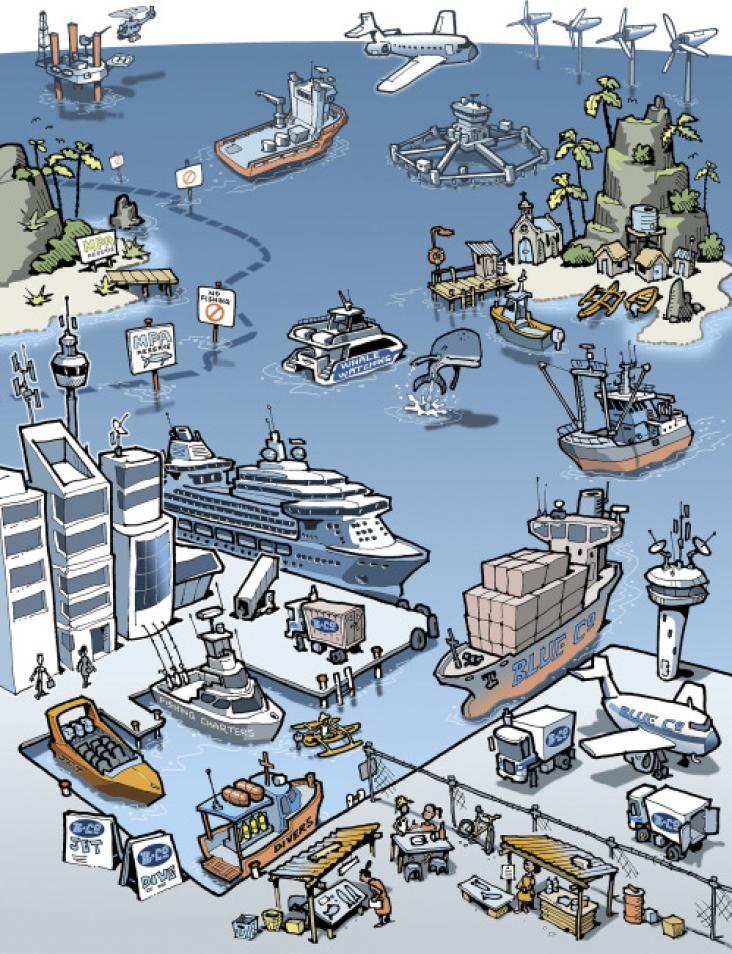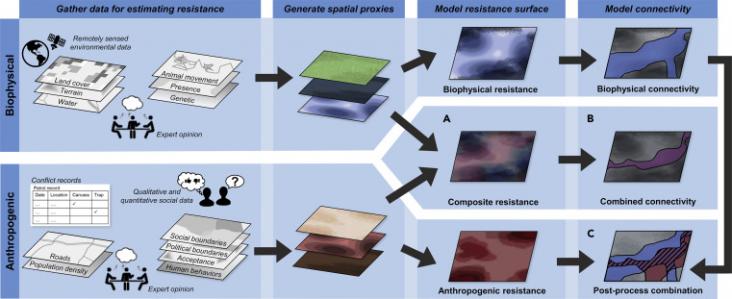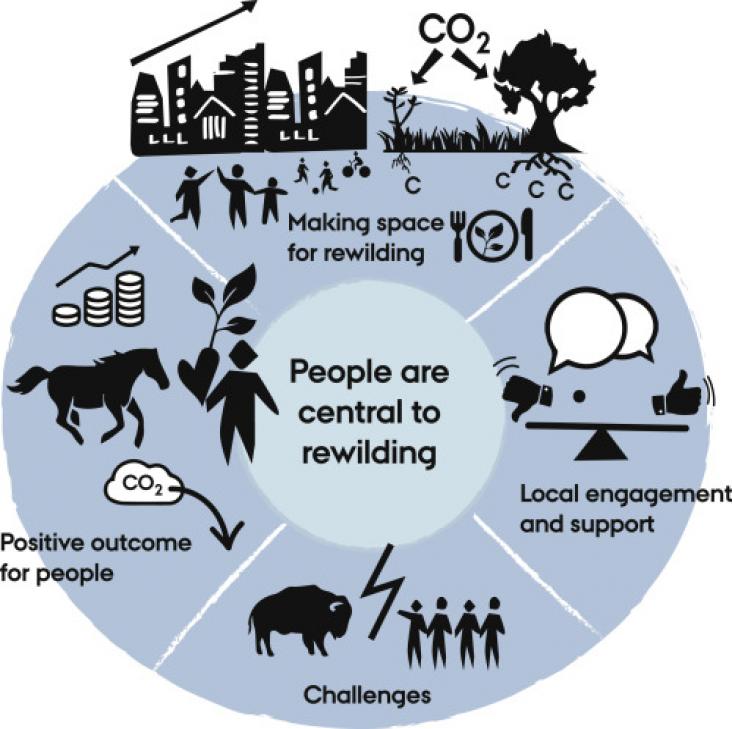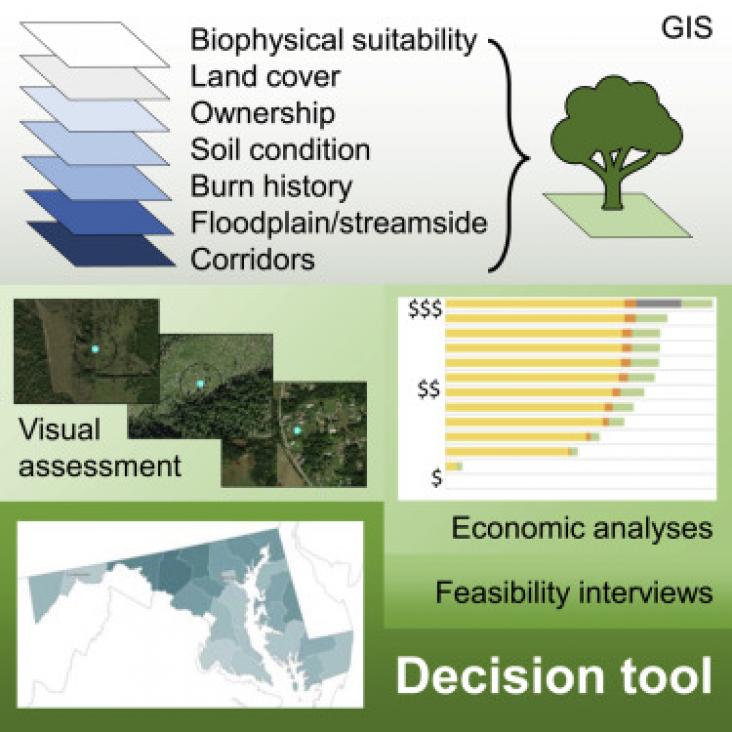Elsevier,
Functional Foods and Nutraceuticals in Metabolic and Non-communicable Diseases, 2022, pp 707-723
This chapter aligns with Goal 14: Life Below Water and Goal 3: Good Health and Wellbeing by highlighting some of the many beneficial nutritional and pharmaceutical applications of marine nutraceuticals.
This chapter aligns with Goal 14: Life Below Water and Goal 13: Climate Action by describing the role of ocean mixing shapes the contemporary mean climate and how advances in our understanding of dynamic mixing processes improves predictions change.
This chapter aligns with Goal 14: Life Below Water and Goal 13: Climate Action by highlighting the Southern Ocean's role in global ocean dynamics and ameliorating climate change.
This book chapter advances SDGs 13, 14 and 15 by exploring “passive” mangrove restoration strategies as a preferred restoration in order to provide better opportunities for blue carbon abatement and increase resilience of coasts to rising sea levels and biodiversity loss.
The upcoming Convention on Biological Diversity (CBD) meeting, and adoption of the new Global Biodiversity Framework, represent an opportunity to transform humanity's relationship with nature.

Increasing the production of food from the ocean is seen as a pathway toward more sustainable and healthier human diets.

Maintaining or restoring connectivity among wildlife populations is a primary strategy to overcome the negative impacts of habitat fragmentation.
Earth's ecosystems, upon which all life depends, are in a severe state of degradation.

Rewilding should be central to the massive restoration efforts needed to overcome the global biodiversity crisis and enhancing the biosphere's capacity to mitigate climate change.

